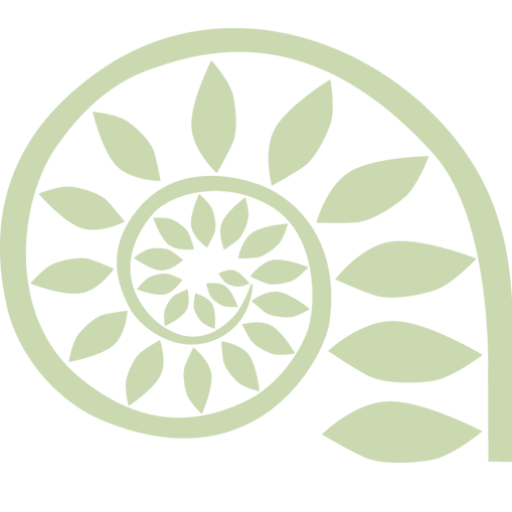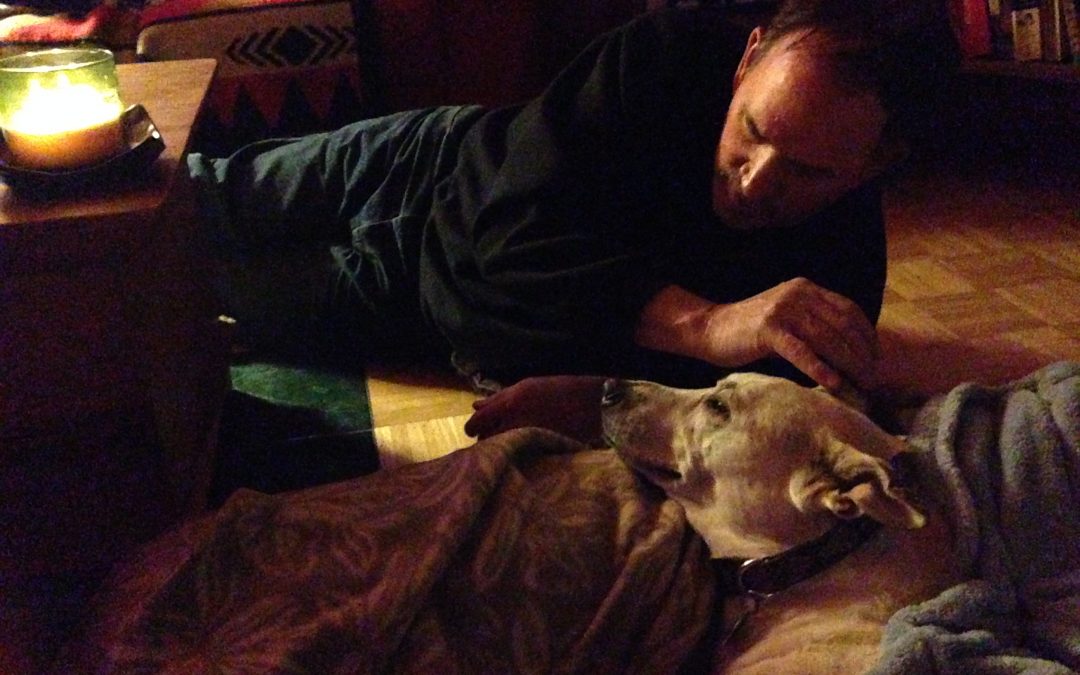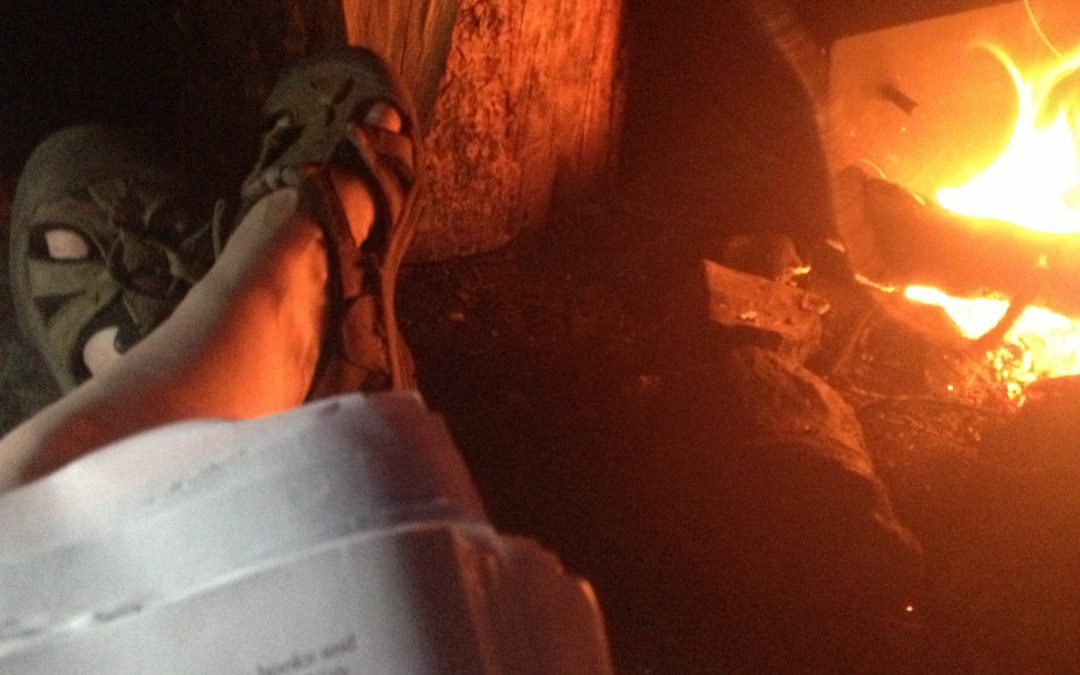How Your Story is Like Fairyland
How Your Story is Like Fairyland?

I’ve had this photo pinned to my office wall all summer. It’s a snippet of a very long diorama–a rainforest fairyland that we stumbled across in our last moments at Oregon Country Fair in July. It stretched about 100 feet, every single inch teeming with crafty, miniature, elven life.
I could have stared at it for hours, because in each little piece was a glimpse of a whole world… A tiny parcel of an entire story.
This weekend, I was writing something about telling our true story. Why it’s hard and why it’s so compelling…. And it suddenly occurred to me why this fairyland had me so obsessed.
Like your story, this fairyland:
- Offers a ton of possible entry points.
- Is riveting and complete even if you look at it from just one spot.
- Communicates the whole in a tiny sliver.
Most of the people I work with struggle with the how of telling their story. Where to begin. Where to go next.
Any of us could tell our story by beginning with what we ate for lunch just now, or how crushed we were when we were had to miss the 2nd Grade Christmas Pageant in which we were supposed to be singing Up On The Rooftop.
All of it matters. All of it counts.
Here are two ways to discover your story, inspired by this fairyland.
1. The trick of it is just to dive in… anywhere.
Find a place that feels good by scanning your life like I did this fairyland. I walked up and down and then just sat down at a spot that felt good—and examined everything that was going on. In this one picture, for example, you can see mushrooms, a tiny blue pond, glimmer lights outlining a mysterious cave, purple birds swarming a rock formation, ferns and moss and tiny trees….
When I have a Golden Thread session with a client, I always like to start with a single, simple story from childhood. Almost without exception, a lot gets revealed in this one story. So just think of one story from when you were small–one that you like to tell (or one you hate to have told). I bet there will be some juice there.
Here’s an example: A client told me how she loved to ride bareback with her little friends when she was 9 or 10. She felt so incredibly powerful and free. It’s a feeling she can still conjure in her dreams. And, you guessed it: Her business is helping women unblock their power and feel more free.
2. Let your story stand… it’s enough and you’re enough.
You really don’t need to explain. You can help your reader or listener by giving them a few hints and helping them connect the dots, but I promise you don’t have to give the whole blow-by-blow, first-this-happened, then-this-happens kind of tale in order for someone to get a good sense of you. (Just like I could get so much from one tiny section of the fairyland without someone telling me what else was there .)
Try it. Choose one of your key stories from childhood, then look at what your business is about at its core. See if a few of the dots don’t just automatically connect. Notice if what you felt or loved or got punished for as a kid has any connection with the offering you make today in your business. Does it?
You know what the main thing was about this fairyland? It really was pure magic. And so is your story.
Have fun. And if you have questions about your story or are interested in diving deeper…
Just click here to schedule your 30-minute complimentary
Golden Thread Clarity Session.














